Discover and read the best of Twitter Threads about #macrophages
Most recents (9)
🧵🪡A thread on our paper out in today’s @Dev_Cell issue, featuring one of my images on the cover 🤩 

You might’ve heard about the #BBB but have you heard about the BNB (Blood Nerve Barrier)? #pns #bloodnervebarrier 

We showed that endoneurial blood vessels (EndoBVs) are surrounded by pericytes (alphaSMA, orange) 🤗 @ImarisSoftware
SEMINAL ARTICLE re: #ICD11 Chapter 08 - Diseases of the #NervousSystem 🧠
Study Title: The #leptomeninges as a critical organ for normal #CNS development and function: first patient and public involved systematic review of #arachnoiditis (chronic #meningitis). @PLOSONE
Study Title: The #leptomeninges as a critical organ for normal #CNS development and function: first patient and public involved systematic review of #arachnoiditis (chronic #meningitis). @PLOSONE
LINK: journals.plos.org/plosone/articl… @PLOSONE
Abbreviations:
#CES- #CaudaEquina Syndrome
#DLM – Diseases of the #Leptomeninges
#ESI- #Epidural Steroid Injection
LM - #Leptomeninges
#LMF- #Leptomeningeal #Fibrosis
#NAA- #neuraxialanesthesia
PSR- PRISMA Systematic Review
Abbreviations:
#CES- #CaudaEquina Syndrome
#DLM – Diseases of the #Leptomeninges
#ESI- #Epidural Steroid Injection
LM - #Leptomeninges
#LMF- #Leptomeningeal #Fibrosis
#NAA- #neuraxialanesthesia
PSR- PRISMA Systematic Review
#SAH- #Subarachnoid Hemorrhage
#SAS- #Subarachnoid Space
Key Findings:
1. A varyingly described, and poorly characterized #CNS disease called #arachnoiditis (aka #adhesivearachnoiditis) was exhaustively systematically-reviewed for the first time.
#SAS- #Subarachnoid Space
Key Findings:
1. A varyingly described, and poorly characterized #CNS disease called #arachnoiditis (aka #adhesivearachnoiditis) was exhaustively systematically-reviewed for the first time.
9) Many risk factors modulate the propensity of LDL-C to traverse the endothelium and enter the arterial intima. See 🔓academic.oup.com/eurheartj/arti…. 

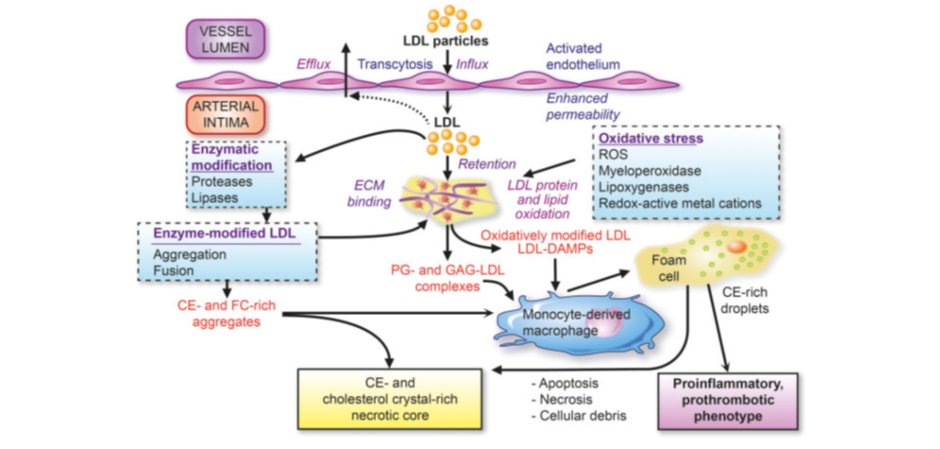

10) It now appears that the passage of #LDL into the #intima is not a merely passive process whereby the concentration in blood & the permeability of the endothelium determine LDL accumulation. 
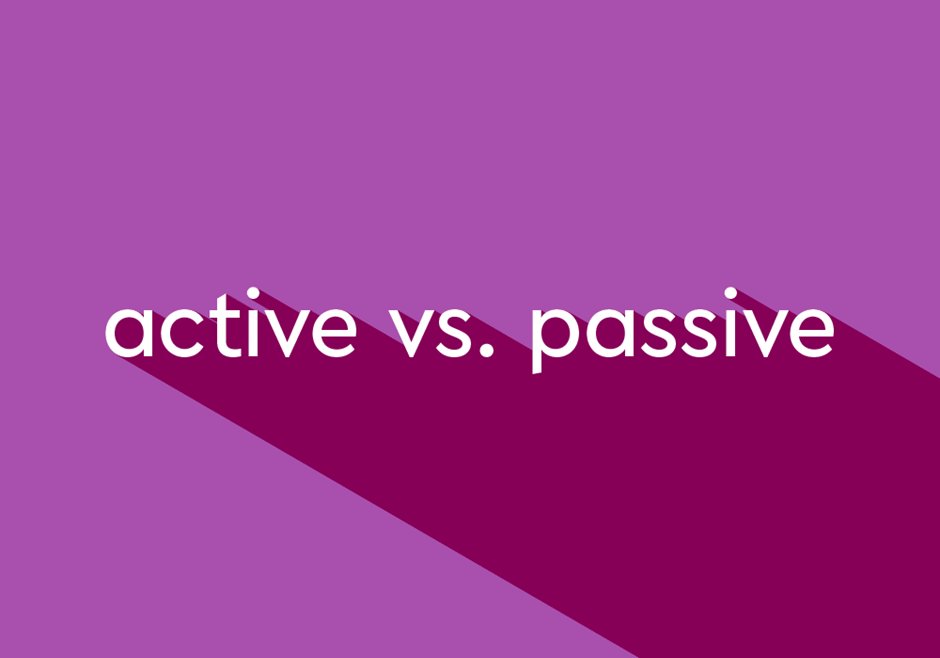
11) It’s #Transcytosis (an active process), through a vesicular pathway involving #caveolae, scavenger receptors (#SRB1) and activin like receptor kinase 1 (#ALK1). Hence for a given blood level of LDL-C the amount of atherosclerosis is variable. 
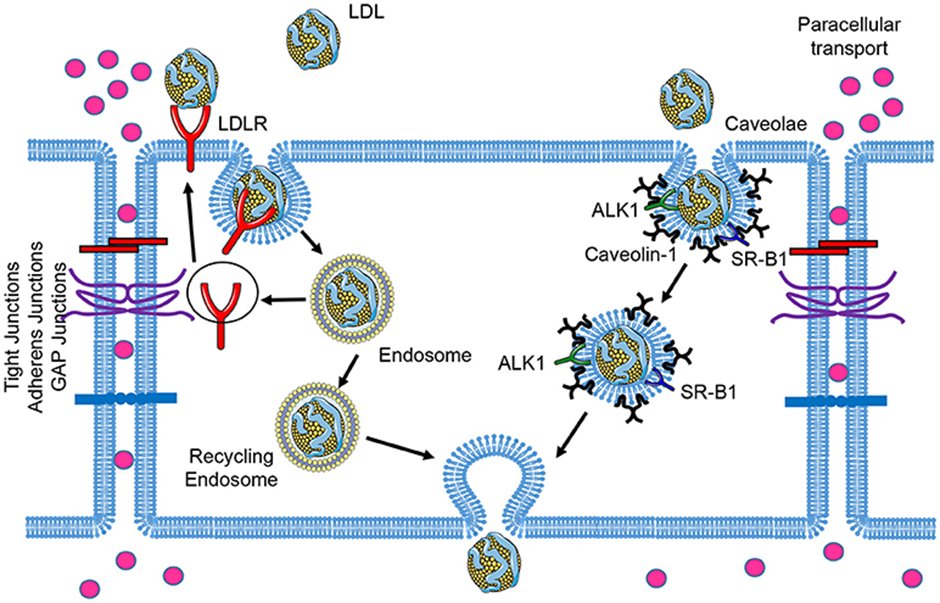
01/ Vous voulez savoir :
- comment se protéger d’une #COVID sévère sans médicaments sur ordonnance ?
- pourquoi elle touche certaines personnes et pas d'autres ?
- ce qui cause les #EffetsSecondaires des #vaccins ?
#COVID_19 #covid19 #covid #coronavirus #vaccination
↓↓↓↓↓
- comment se protéger d’une #COVID sévère sans médicaments sur ordonnance ?
- pourquoi elle touche certaines personnes et pas d'autres ?
- ce qui cause les #EffetsSecondaires des #vaccins ?
#COVID_19 #covid19 #covid #coronavirus #vaccination
↓↓↓↓↓
02/ Jean-Marc Sabatier (@SabatierJeanMa1), Directeur de Recherche au CNRS depuis 32 ans, PhD/HDR en Biochimie et Microbiologie, nous explique tout cela dans une vidéo (crowdbunker.com/v/Mqr69rxT) dont je résume les 42 premières minutes dans ce #thread.
03/ Le virus #SARS-CoV-2 s’attaque au #SRA (le système rénine-angiotensine), un de nos systèmes de régulation les plus importants, responsable des fonctions autonomes rénales, pulmonaires, cardiovasculaires, de l’#immunité innée et du #microbiote intestinal.
How long do #neutrophils live? Are they all equal or do they adapt to tissues?
Get answers to these & more questions in our new paper just out online at @CellCellPress!
Led by our fabulous @AndreaRP88 & @ivanbamartin!
Key points in thread 👇
embargoed.www.cell.com/action/showFul…
Get answers to these & more questions in our new paper just out online at @CellCellPress!
Led by our fabulous @AndreaRP88 & @ivanbamartin!
Key points in thread 👇
embargoed.www.cell.com/action/showFul…
Neutrophils are almost ubiquitous in the body. At varying levels, but present in almost every tissue 

This is a finding in line with our previous work by @Casanova_Acebes @NicolasAvilaJA & Jackson Li @JExpMed 2018
We found unique breast immune cells in the duct walls – ductal macrophages. They remove dying cells, help remodelling + are key players in cancer.
How did we get from this first sighting to finding their identity and function? Follow this thread!
bit.ly/35o2XSj
1/n

How did we get from this first sighting to finding their identity and function? Follow this thread!
bit.ly/35o2XSj
1/n
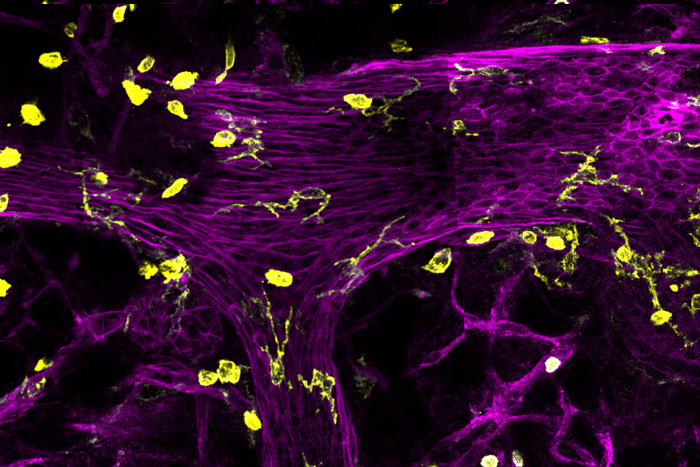
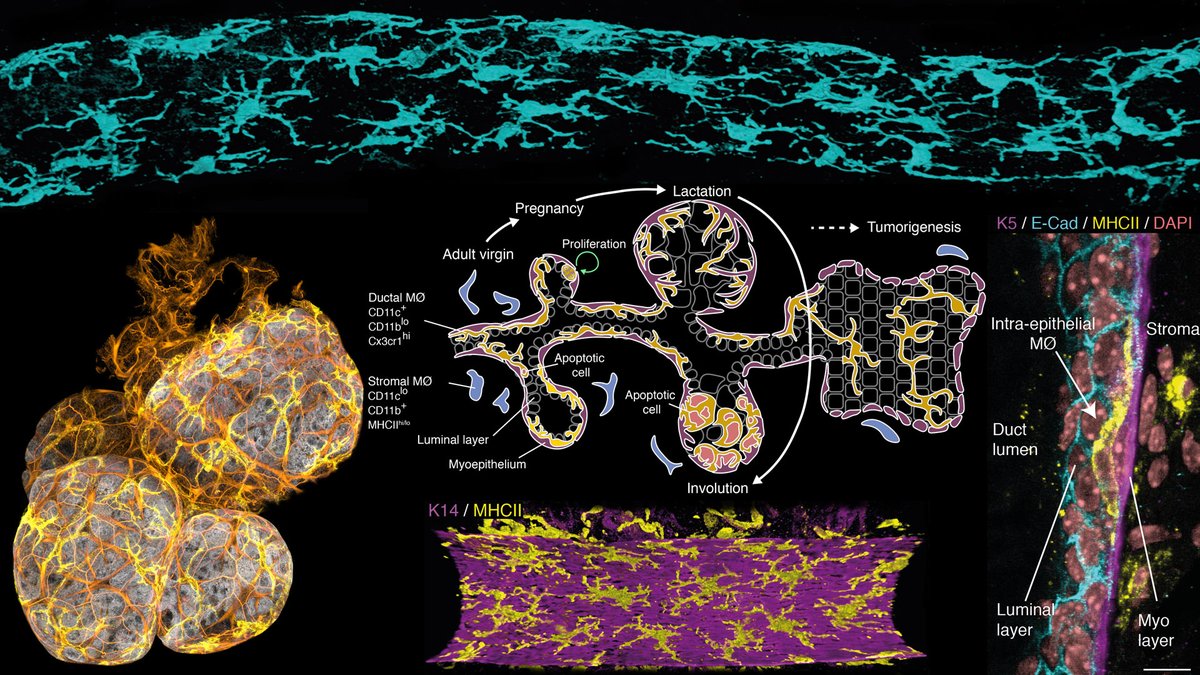
The breast contains mammary ducts surrounded by fat, blood vessels, immune + other cells.
We use 3D imaging to investigate the complex relationships b/w these cells to better understand disease.
#microscopy #mammarygland
2/n
We use 3D imaging to investigate the complex relationships b/w these cells to better understand disease.
#microscopy #mammarygland
2/n
Extracellular acidity in atherosclerosis is one of my favorite topics, so I'm really, really excited about this study (2/15)
The authors show that some individuals have carotid atherosclerotic lesions that have an acidic pH. They show this is due to activation of Na+-H+ exchanger in macrophages, which leads to extrusion of H+ and extracellular acidification (3/15)
rdcu.be/bRXph
rdcu.be/bRXph
#Tweetorial time! 🚨 Looks like there’s another misconception about #cholesterol and #atherosclerosis making rounds again. This one has to do with the process of #LDL particles entering the arterial wall. So gather round friends and let me science the s*it out of this 🤓 (1/24)
For background, here’s a widely cited series of figures by Nakashima et al. (2007). They performed autopsies on 38 people aged 7-49, who died of non-#cardiovascular causes (2/24)
ncbi.nlm.nih.gov/pubmed/17303781
ncbi.nlm.nih.gov/pubmed/17303781
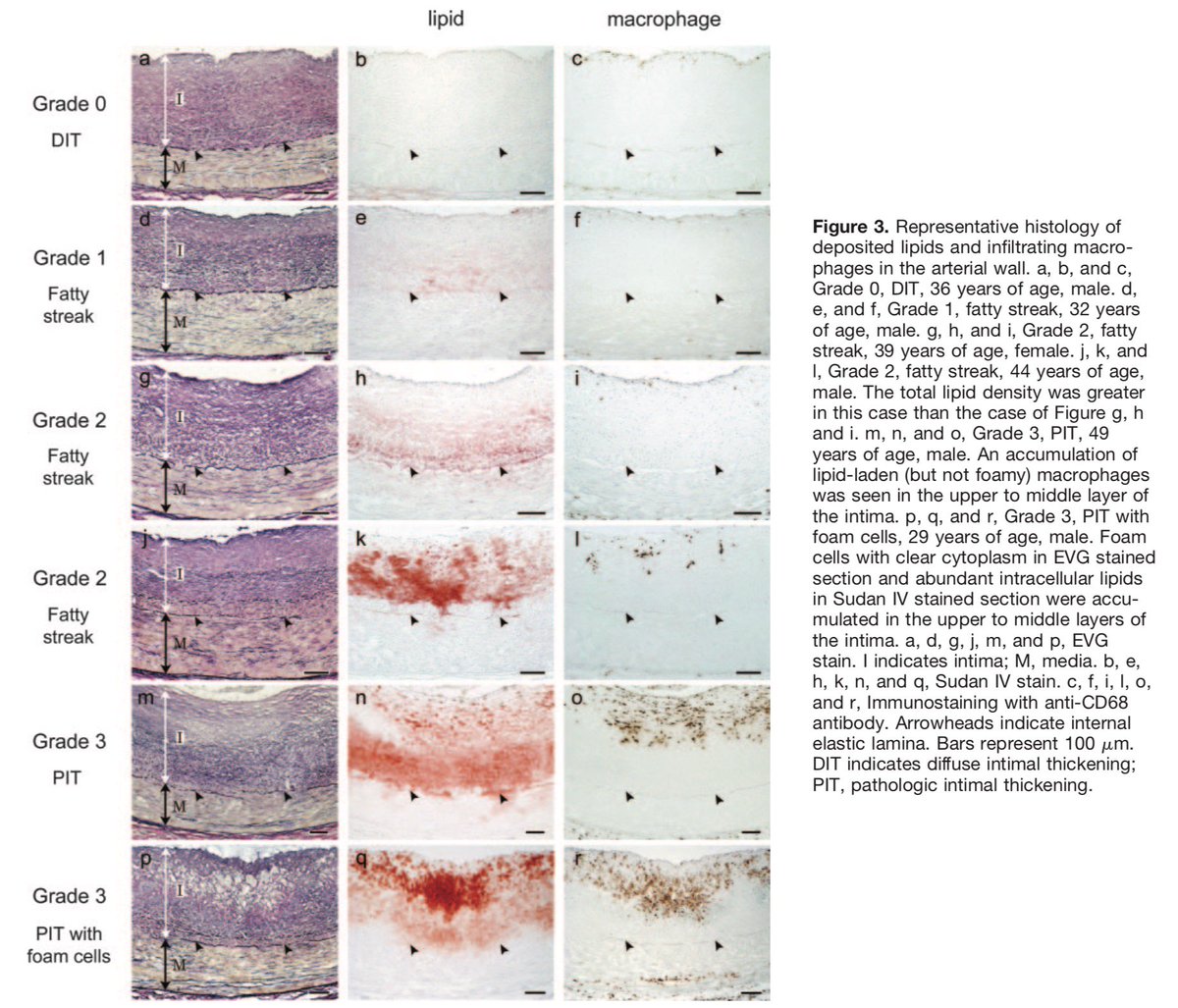
Nakashima et al. looked for atherosclerotic lesions at different stages, according to a previously published morphological classification scheme. They found them, took slices, stained them to find #lipids and #macrophages and organized them nicely (3/24)
Wow this is major 👉 In simple terms, infection can change the #electrical properties of #macrophages in a way that eventually directs the white blood cells away from the site of #infection...allowing the escape of the macrophages that contain pathogens
Also, remember this study? 👉 which found that #bacteria in #biofilm communities not only coordinate their own behavior, but also influence the behavior of diverse species at a distance☝️via ion channel mediated long-range electrical signaling: ncbi.nlm.nih.gov/pmc/articles/P…
And this study 👉 which found that #bacteria in the human gut can generate #electricity☝️The genes that code for this electrical transfer were identified in hundreds of bacterial species, including human pathogens: nature.com/articles/s4158…




